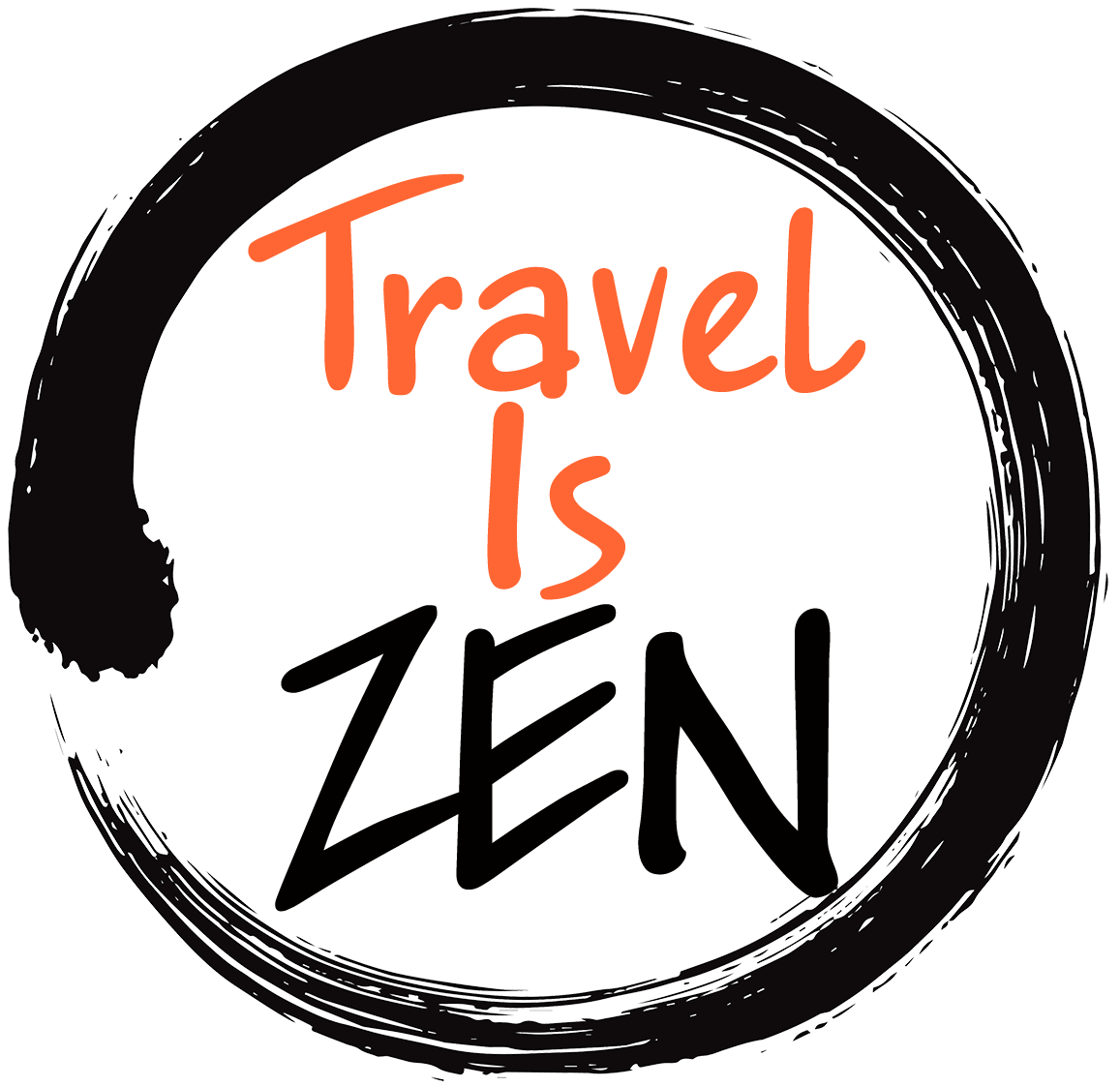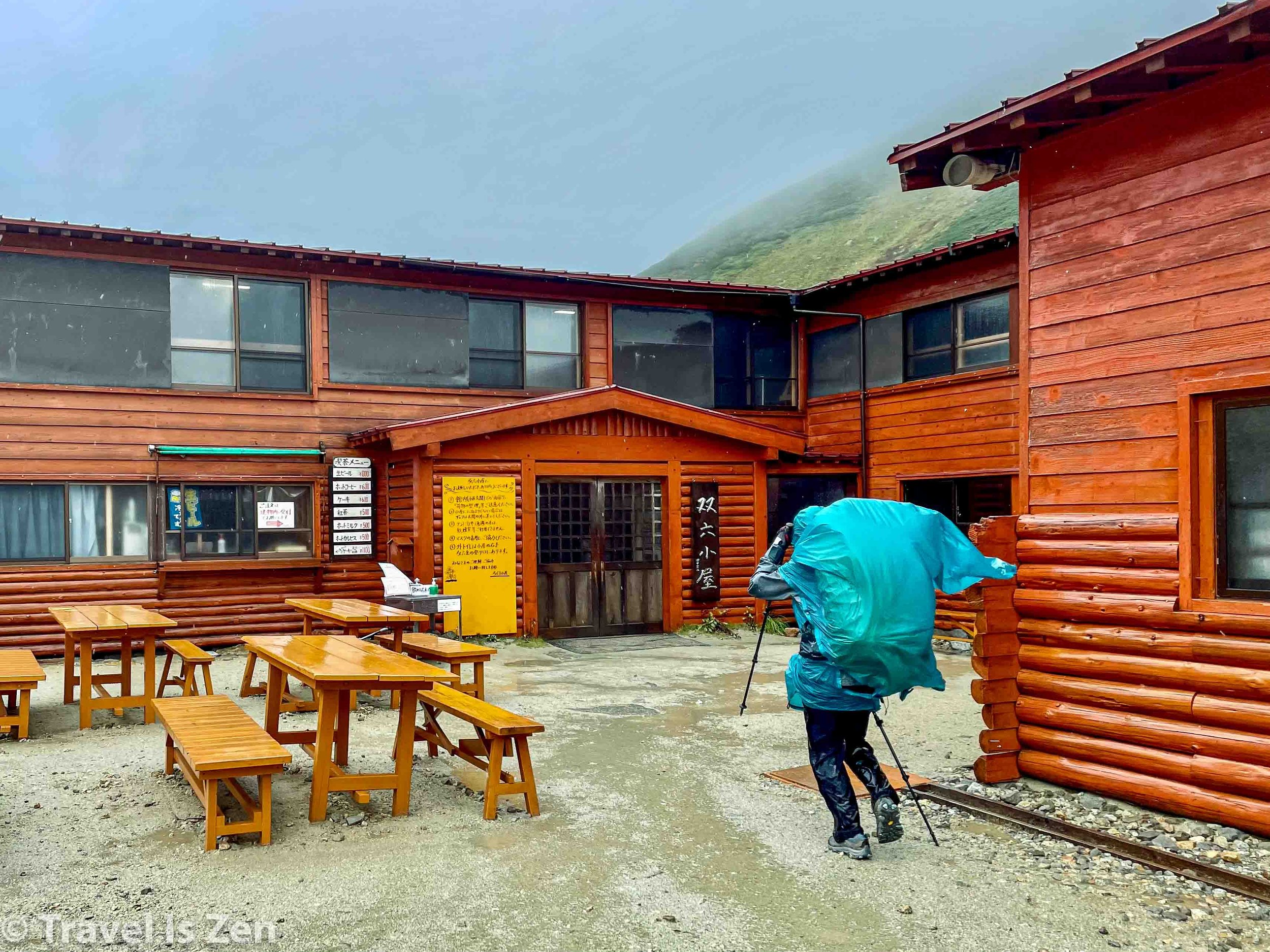Japan North Alps: Budget and Logistics
The Japanese Alps run north to south in central Japan, between Tokyo and Osaka. The mountain range is split into three sections: North, Middle, and South. In September, 2023, we did a 5 day hut-to-hut trek in the Northern section, starting in Murodo and ending at Shin-Hotaka in Chubu-Sangaku National Park. On the 6th day, we visited Kamikochi, one of the region’s most iconic tourist destinations. Costs associated with Kamikochi are included in the details below.
Total Distance Hiked (during trek): 40 miles
Total Ascent/Descent (during trek): 14,000 feet ascent, 17,000 feet descent
Total Cost for 6 days in the Northern Alps: USD $2040.00 (~$170/day/hiker)
This post covers some of the resources we used to plan our through-hike, as well as a budget breakdown, weather, hut details, and some lessons learned.
Japan Alps Route Planner
To plan our route, we mostly followed the Cicerone guide titled “The Japan Alps and Mount Fuji”. Highly recommended! We chose the book’s Northern Alps Traverse: Trek 3, which covers roughly 40 miles with over 14,000 feet of ascent and 17,000 feet of descent in 5 days. This trek is labeled as a “Grade 3”, which is described in the book as “Very steep/vertical scrambles and climbs, challenging, lots of exposure”. It was a lot of up and down, with plenty of ridge-tops and nary a switch-back. From start to finish, we hiked and slept at altitudes between 8,000-10,000 feet (2450m-2800m).
There are loads of other trails and mountain huts in the Japan Alps region. If the route we chose ignites your ambition but gives your knees a quake at the thought of elevation and exposed heights — or if you want something more ambitious — choose another trek! The Cicerone guide - along with a good set of regional maps — offers plenty of alternatives.
Cost Breakdown (Budget)
Our total cost for two people spending 6 days in the Northern Alps was USD $2,040.00, which is about USD $170.00 per day/per person. This does NOT include airfare, which was a total of USD $500 for two people flying from our home in Seoul, South Korea to Nagoya, Japan. It DOES include internal transit costs from Nagoya to Toyama (and then to Murodo, the trailhead) plus the return transportation from Kamikochi to Nagoya. Here is our budget breakdown for two people:
Lodging & Meals (huts only): UDS $1,130
Huts + Meals (dinner + breakfast) during trek: $930
Hotels in Toyama and Nagoya before/after the hike: $300
Additional Food and Beverages: USD $220
This includes beverages (beer, wine, sake, green tea), lunches, and snacks during the trek
Transportation In-Country (trains, buses, cable cars): USD $370
Cellphone service: USD $115
Insurance: USD $65
Miscellaneous (souvenirs, luggage forwarding service, etc.): USD $24
Airfare (Seoul to Nagoya): USD $510
Hiking the Japan Alps is not cheap compared to other long-distance treks we have done in the past, such as the Annapurna Circuit in Nepal ($25/person/day), the SPP Mountain Trail in Slovenia ($42/person/day), or the John Muir Trail in California ($31/person/day). We paid more than I would have expected for trailhead transportation (trains, buses, and cablecars) and for cellphone service. We stayed in huts and the price for a tatami mat plus dinner and breakfast — at $90+/person/night — was quite steep! If you have a tighter budget, you might consider more of a self-sufficient hike: bring you own tent and/or food to camp at a campground, rather than the full hut experience.
Huts and Meals in the Japan Alps
We stayed each night of the trek in a hut, alternating between private and shared rooms. At all huts, we chose the option for dinner and breakfast. The full option was 13,000 yen (about $90.00) per hiker. It’s a bit cheaper if you choose only group rooms and if you bring your own food. A link to each hut is included for up-to-date phone numbers, mat and meal prices, seasonal opening and close dates, and other pertinent details. Tip: If you click on the hut link then click the auto-translator tool in your browser, it will render the page in English (or your chosen language)…
Goshiki-ga-hara Hut (private room)
Yakushi-dake Hut (group room)
Kurobegoro Hut (private room)
Sugoroku Hut (group room)
Shin Hotaka Ryokan (private room and onsen)
We made advance reservations for every hut except Sugoroku Hut on the 4th day. Due to the weather on the 4th day, we had a change of plans and Sugoroku Hut accommodated our walk-in request for a floor mat in a group room. We made reservations by calling each hut. Most hut managers speak limited English, so it was helpful to have an online translation tool handy. While it took some time and patience all around, we did manage to make our reservations before we left for Japan. Note that huts in the northern Japan Alps are typically open in early July and close in early October. It’s a short hiking season!
Every hut served healthy and filling meals and was stocked with plenty of beer, sake, wine, and other beverages (priced separately, of course). Dinner was mainly fried breaded pork cutlets (don katsu), with a side of miso soup and pickles along with unlimited rice and tea. Breakfast was primarily a protein (fish and/or egg), with a side of miso soup, pickles, and unlimited rice and tea. Everyone gets the same meal and eats together at specified times. There are no accommodations for dietary restrictions, so if you are vegetarian, vegan, gluten-free, etc., you may not want to rely on hut meals. Meals are an optional cost and huts do not mind if you bring your own food, so long as you cook and eat it in designated areas. Regarding lunch, we ate as needed at mid-way huts along the way and/or relied on our own snacks. We also brought our own instant coffee, since huts serve only tea in Japan.
The huts provide a tatami mat, thick comforter and blankets, and pillows. We were never cold. Bed linens and pillows included disposable sanitary liners that are changed daily, but you are free to also bring your own sleeping bag liner and/or pillow cover. I also appreciated that every hut had a kerosene-heated “drying room”. The weather in the Alps was rainy in September, so we arrived every day in soggy, wet clothes and/or shoes. With a kerosene-heated drying room, we could start each morning in warm, dry socks and shoes. (Words cannot express just how much that little luxury means to me. During our 24 day trek on the John Muir Trail in California, we spent nearly a week hiking in drenching monsoon rains — with NO drying room!)
Every hut also had indoor stall bathrooms with western-style seated, flushable toilets. Every hut had a wash basin and rain-gathered faucet water for basic hygiene needs. Due to a summer drought, faucet water was rationed a bit at some huts. Note: Huts often ask day-hikers or tent campers to pay a small fee to use the restroom; this does not apply to people who are staying overnight at the huts (a common misconception by foreigners). No hut provided shower facilities.
If you prefer a self-sufficient hike, campgrounds are an alternative to huts. They are usually situated “near” huts (sometimes an hour’s additional walk, though, so don’t expect to simply pop into a hut for a hot meal and then hit the hay). They typically provide flat, well-groomed tent spots along with a water source and toilets.
Weather in September in the Northern Alps of Japan
Each day was a wild mix of weather - whiteout fog and mist in the morning; a sudden blast of strong wind to reveal the scenery a few hours later; sunshine and warmer temperatures for lunch; gathering clouds, a temperature dip and rain by mid-afternoon. Daily temperature averaged in the high 50’s (Fahrenheit) during the day and 40’s at night. We did not encounter any snow or ice on the ground or freezing temperatures in late September. We did not need winter gear, such as wool hats, thick gloves, or even a down jacket, at this time of year. We experienced mist, drizzle, and/or downpours nearly every day, though, and made good use of our ponchos, rain pants, and rain jackets.
Several of the mountains have a live webcam, which we found useful when trying to determine what to pack: https://hikinginjapan.com/japan-alps-current-conditions/
Lessons Learned and Other Tips
Luggage Forwarding
Our hike in the Alps was part of a longer trip to Japan that included Takayama and Nagoya. We had non-hiking clothes, computers, and other items that we did not want to carry into the Alps with us. When we arrived in Toyama the night before our hike, we asked our hotel to forward our luggage to our pre-booked hotel in Nagoya for post-hike retrieval. The fee for this awesome service was just USD $8.50! Most hotels in Japan will offer a luggage forwarding service; it’s not just for hikers.
Acclimatization Warning
Murodo is a popular on-ramp to multi-day trekking in the Northern Alps. We slept in Toyama the night before our hike at sea level and then began walking at 8,000+ feet the very next day. The trail undulates between 8,000-10,000 feet thereafter. Hiking in Colorado and California the prior year, we didn’t have any issues with day hikes below 11,000 feet, so I did not expect elevation to be a problem in the Japan Alps. I was wrong!
On the 4th day of our trek and lasting for two or three more days (even after descending), I experienced a lot of swelling in my arms, legs and face. I also had a hard time inhaling fully; I felt like my diaphragm was constricted. I had insomnia, lost my appetite, and developed a hoarse cough, as well. These were all signs of high altitude sickness, which was tracking towards becoming a serious issue had we not descended. If you have the time, I encourage you to stay near Kamikochi or some other base town for a few days before your hike and do several day hikes that take you beyond 8,000+ feet and back down for sleeping. Otherwise, you risk developing high altitude sickness. Fortunately for our experience, the symptoms became problematic on the day we were heading down to lower elevations. While it did take several days for my limbs and face to deflate and my breathing to clear-up post-hike, I am fortunate that high altitude sickness did not impact our actual through-hike. Be careful! :-)



























